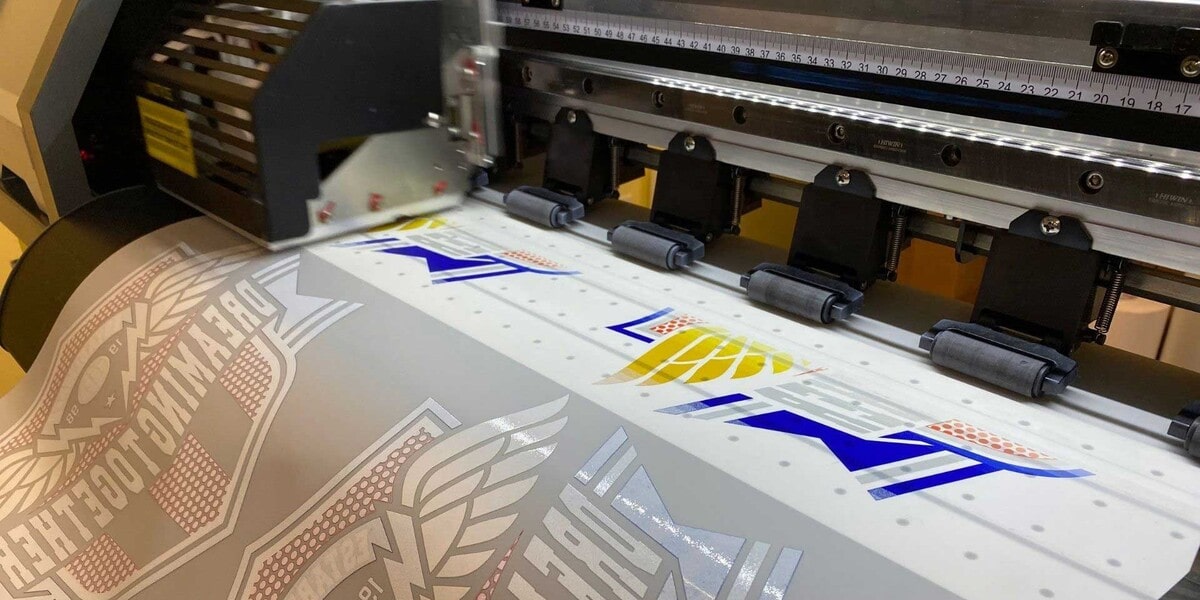In today’s fast-paced garment printing industry, businesses are constantly searching for methods that combine quality, efficiency, and versatility. One technology that has gained massive attention is the DTF machine, short for Direct-to-Film printer. This revolutionary method allows printers to transfer vibrant and durable designs onto various fabrics with remarkable ease.
If you’re exploring textile printing solutions for your business, understanding how DTF printers work and their technical advantages can help you make an informed investment decision.
How DTF Printers Work: Step-by-Step Process
DTF printing simplifies the process of custom garment creation while delivering professional-grade results. Instead of printing directly on the garment like DTG, DTF prints on a special PET film, which is then transferred to the fabric. Below is the detailed workflow:
1. Design Preparation
Every great print starts with a digital design. Using RIP software, the design is color-optimized and layered correctly to ensure precise output. RIP software also manages ink density and color separation, which is critical for creating vibrant and accurate prints.
2. Printing on PET Film
The printer applies CMYK inks first and then a white ink layer beneath the design. This white base ensures that the final print looks bright and opaque on both light and dark fabrics.
3. Hot-Melt Powder Application
Immediately after printing, the film is coated with a fine hot-melt adhesive powder. This powder is the secret behind DTF’s excellent durability because it creates a strong bond between the ink and the fabric.
4. Curing the Film
The printed film is then cured using a heat press or curing oven. This step melts the adhesive just enough to prepare it for transfer without compromising the design.
5. Heat Transfer to Fabric
Finally, the film is pressed onto the garment using a heat press machine. Once cooled slightly, the PET film is peeled off, leaving a smooth, vibrant, and long-lasting print.
This workflow is simple yet powerful, enabling small and large businesses to produce professional-quality custom apparel with minimal effort.
Technical Advantages of DTF Printers:
DTF technology is popular because it addresses many limitations of other printing methods like screen printing, sublimation, and DTG. Let’s explore the top technical benefits:
1. Compatibility with Multiple Fabrics
Traditional methods like sublimation only work with polyester, while screen printing requires different treatments for different materials. DTF printing works on cotton, polyester, silk, denim, nylon, and blends, allowing businesses to serve diverse markets with one machine.
2. Exceptional Durability
DTF prints withstand multiple washes without fading, peeling, or cracking. The combination of white ink and hot-melt adhesive powder ensures that the design bonds deeply with fabric fibers, even after extended use.
3. Vibrant Colors and Fine Details
DTF printers support high-resolution outputs that capture every detail of your design. Gradients, small text, and intricate patterns appear crisp and clear, making DTF perfect for custom branding and fashion items.
4. Lower Production and Maintenance Costs
Unlike DTG, DTF does not require fabric pre-treatment, reducing labor and operational costs. Film and powder are also cost-efficient, making DTF an ideal choice for startups and growing businesses.
5. Scalable for All Business Sizes
From small home setups to high-volume printing facilities, DTF printers scale easily. Automated film feeding, stable ink flow systems, and energy-efficient curing solutions make them a future-proof investment.
Why LINKO DTF Printers Stand Out:
When investing in professional DTF solutions, DTF LINKO is a name trusted by businesses worldwide. LINKO DTF printers offer:
- Precision printheads for smooth gradients and vibrant details
- Stable ink circulation systems that prevent clogging and reduce waste
- Energy-efficient curing systems for eco-friendly operations
- High-speed printing for handling bulk orders effortlessly
With LINKO, you can rely on consistent quality, long-term durability, and low operational costs, making it a smart choice for anyone in the apparel printing industry.
Applications of DTF Printing:
The versatility of DTF technology allows it to be applied across a wide range of products:
- Custom T-shirts & Hoodies – Ideal for fashion brands and promotional products
- Sportswear & Uniforms – Durable enough to handle frequent washing
- Caps, Bags & Accessories – Expands your product line without new equipment
- Home Textiles – Cushion covers, aprons, and more with eye-catching prints
For businesses seeking to diversify product offerings without investing in multiple printing technologies, DTF is the perfect solution.
Final Thoughts
The working principle of a DTF printer combines simplicity and innovation, making it one of the most efficient textile printing technologies today. With its multi-fabric compatibility, durability, and cost-effectiveness, DTF technology is rapidly replacing older printing methods.
By choosing a reliable solution like LINKO DTF printers, businesses can enhance productivity, offer high-quality products, and remain competitive in the growing custom apparel market. Whether you are a small startup or an established printing business, a DTF printer is a future-ready investment.
Keep an eye for more latest news & updates on Touch Cric!

